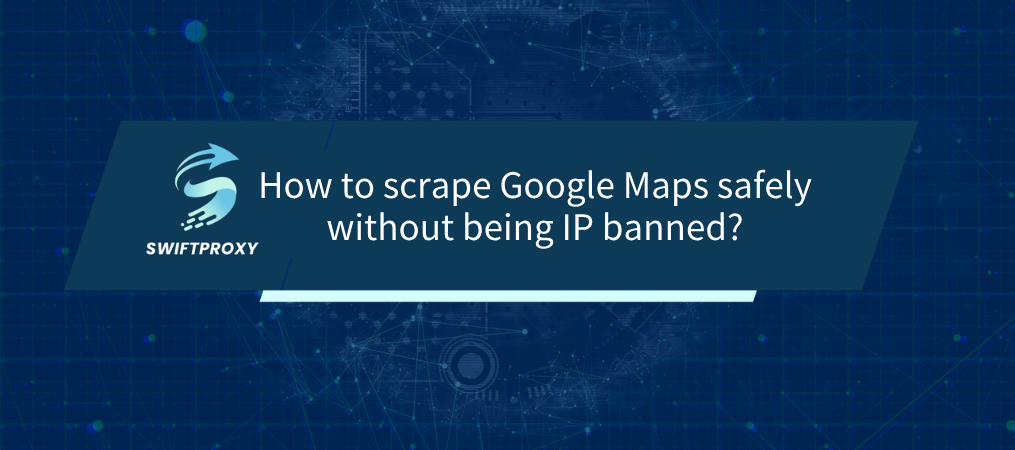How to scrape Google Maps safely without being IP banned?

In the process of data collection, especially for large platforms like Google Maps, how to scrape data safely and efficiently without triggering IP ban mechanisms is an important challenge faced by many data analysts and developers. Here are some practical strategies and suggestions to help you scrape Google Maps data safely.
1. Understand and comply with Google's Terms of Use
First, make sure your scraping activities comply with Google's Terms of Use and policies, especially the use regulations for Google Maps API. Do not try to scrape content that requires payment or subscription to avoid copyright infringement and violation of terms of use. Respect Google's robot protocol (robots.txt), which is the basis for ensuring that you use its services legally.
2. Reasonably control the request frequency
Google has its own anti-crawler mechanism, and too frequent requests can easily be identified as malicious behavior. Therefore, it is crucial to set the request interval reasonably to simulate the access behavior of real users. You can use delays and randomized request intervals to avoid continuous high-frequency requests. This not only reduces the risk of being banned, but also maintains good scraping efficiency.
3. Use high-quality proxy IPs
Using proxy IPs can hide your real IP address and increase the anonymity and privacy of crawling. However, it should be noted that free proxies are usually of low quality, slow connection speeds, easy to be blocked, and have poor privacy protection. Therefore, it is recommended to choose paid high-quality proxy services to ensure stable and reliable data crawling. Rotating different proxy IPs can prevent Google from blocking specific IPs.
4. Dealing with verification code and login issues
During the crawling process, Google may require verification code verification or login to access the content. For this situation, you can use verification code parsing tools or simulated login to handle it. However, it should be noted that frequently triggering verification code verification or login requests will also increase the risk of being blocked. Therefore, when dealing with these issues, you need to be cautious to avoid triggering Google's blocking mechanism.
5. Monitor and adjust crawling strategies
During the crawling process, it is very important to continuously monitor the crawling efficiency and IP blocking. Once you find signs of decreased crawling efficiency or IP being blocked, you should immediately adjust the crawling strategy. This may include increasing the number of proxy IPs, adjusting the request interval, optimizing the request header information, etc. Through continuous monitoring and adjustment, you can gradually optimize the crawling strategy and improve the security and efficiency of data crawling.
6. Consider using Google Maps API
Although there may be many challenges in directly crawling Google Maps data, using Google Maps API is a more legal and efficient way. Google Maps API provides a rich set of functions and data interfaces that can meet most data collection needs. Of course, using the API requires paying a certain fee and complying with Google's usage regulations. But compared to directly crawling data, using the API can greatly reduce the risk of being blocked and improve the stability and reliability of data crawling.
Conclusion
In summary, safely crawling Google Maps data requires comprehensive consideration of multiple factors, including compliance with the terms of use, reasonable control of request frequency, use of high-quality proxy IPs, handling verification code and login issues, monitoring and adjusting crawling strategies, and considering the use of Google Maps API. By combining these strategies and suggestions, you can conduct data collection more effectively while reducing the risk of being banned.

















































